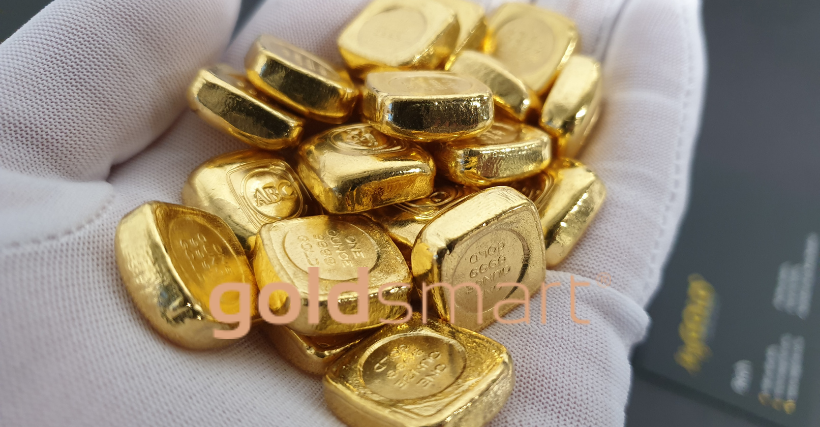History of Dental Gold
The use of gold in dental work dates as far back as 2500 BC. Gold teeth back then were bonded with gold thread, perhaps to strengthen a weak tooth. Around 700 BC, the Etruscans fixed replacement teeth in the mouths of their patients with gold thread and gold could also be used to fill cavities. Later, around 1280 AD, Marco Polo reported that the Chinese covered their teeth with thin gold leaf as a form of decoration more for cosmetic purposes rather than dental treatment.
These days the most important industrial use of gold is in electronics and computers. The second most important use of gold is in dentistry. Gold in many ways is the ideal material for dental work. It is durable (dental gold repairs last about 20 years and sometimes more), safe, sturdy, comfortable, highly flexible, and highly resistant to stains or wear. Gold is extremely soft, so it is easy to clean in the mouth. It is also soft to the opposing teeth, like natural teeth.
In ancient times, a glint of gold in the mouth of a person was taken as a sign of prosperity. More recently, materials of “natural look” like porcelain, ceramic, and amalgam implants and crowns are much more widespread than dental gold and are considered aesthetically superior. Although the sensitivity to gold is rare, compared with an allergy to mercury amalgams of silver and nickel alloys, we can still talk about the “gold standard” when it comes to dental gold.
Pure gold used for false teeth has the disadvantage of being relatively soft and therefore wears quickly. Various alloys are used now, with a high percentage of gold, including metals such as copper, platinum, silver, and nickel. The best dental gold alloys contain approximately 76% gold, equivalent to about 18 carats.
The price of gold and other precious metals has increased rapidly over the last couple of decades. As a result, cheaper alternatives to dental gold are being used. Sometimes compounds containing only 30% gold are accepted for use in dental gold. Since the 1980s, palladium was first used in alloys for inlays, crown bridges, and dental gold. Palladium alloys generally contain gold (usually about 2%), as well as silver, zinc, copper, and sometimes iridium.

Consumption of Dental Gold in Other Countries
In the United States, dental gold was used less and less as Social Security and health insurance companies impose limits on coverage for working with gold. The consumption of gold for the dental industry decreased from 64 tonnes to 47 tonnes between 1980 and 1988. At the same time, the Japanese and Germans, in particular, continued to favour the gold tooth. For example, in 1982, half the world’s dental gold, about 31.3 metric tons, went to Japan and Germany. By 2006, it was estimated that demand for U.S. dental gold had fallen to about 750,000 ounces, probably caused in part by the lower price of palladium and other metals used for dental work-to-metal porcelain.
The Future of Gold in Dentistry
So what is the future of dental gold? According to many dentists, there is no substitute for the strength, beauty, flexibility, and durability of gold. The results are consistently higher and much longer than the dental work of ceramic, porcelain, or amalgam. Still, at least in the United States, many patients still prefer not to show a “light in your smile” and tend to choose white ceramic implants. Seems that dental gold will continue to maintain its place as an alternative that is reliable and generally available for many dental patients worldwide.
